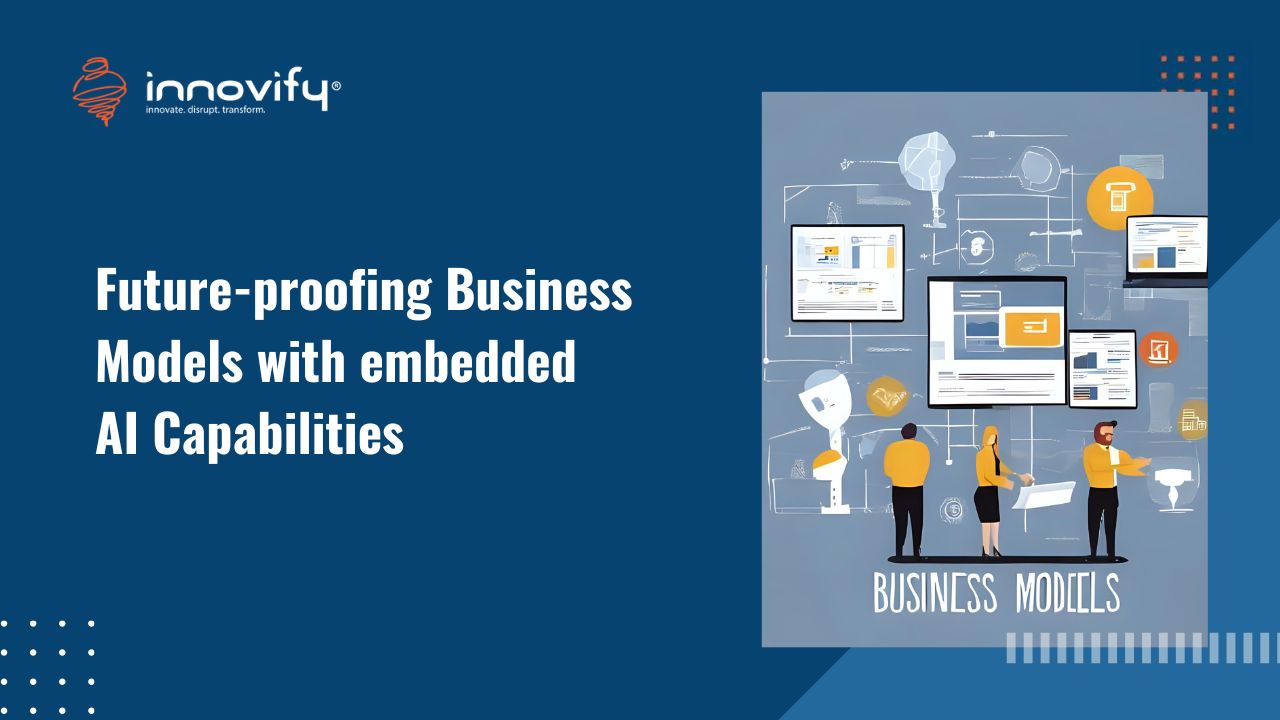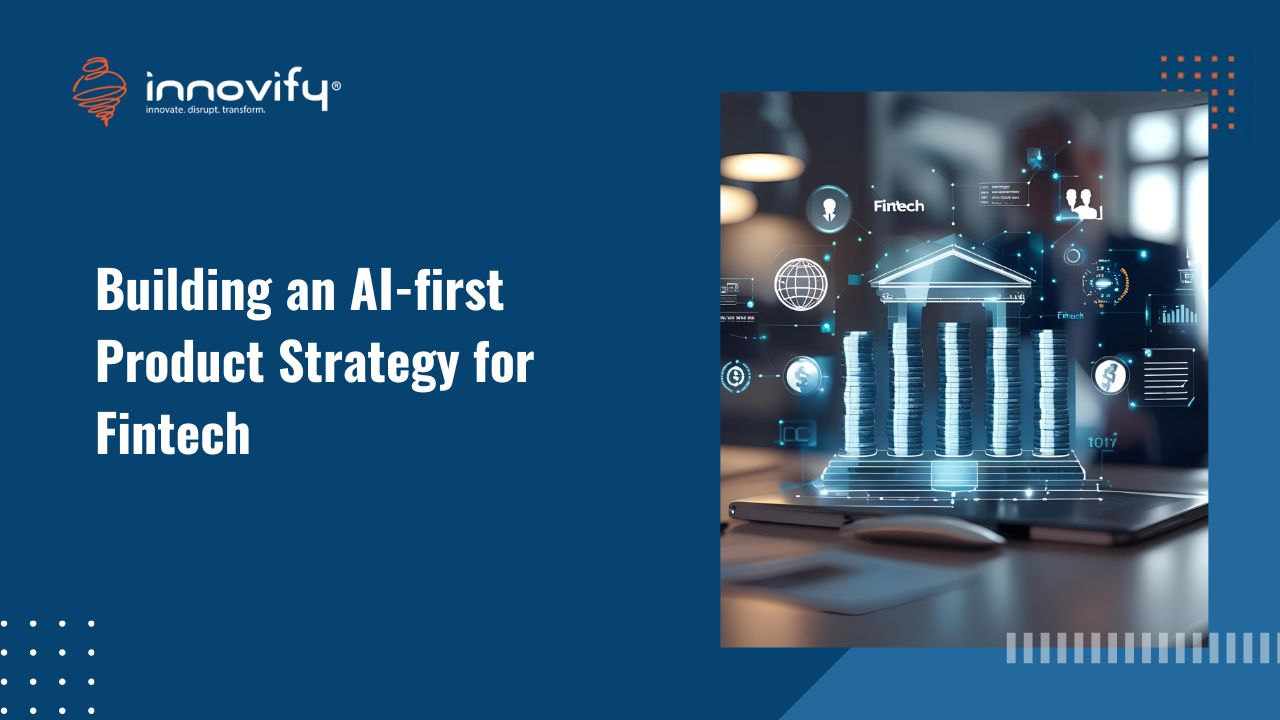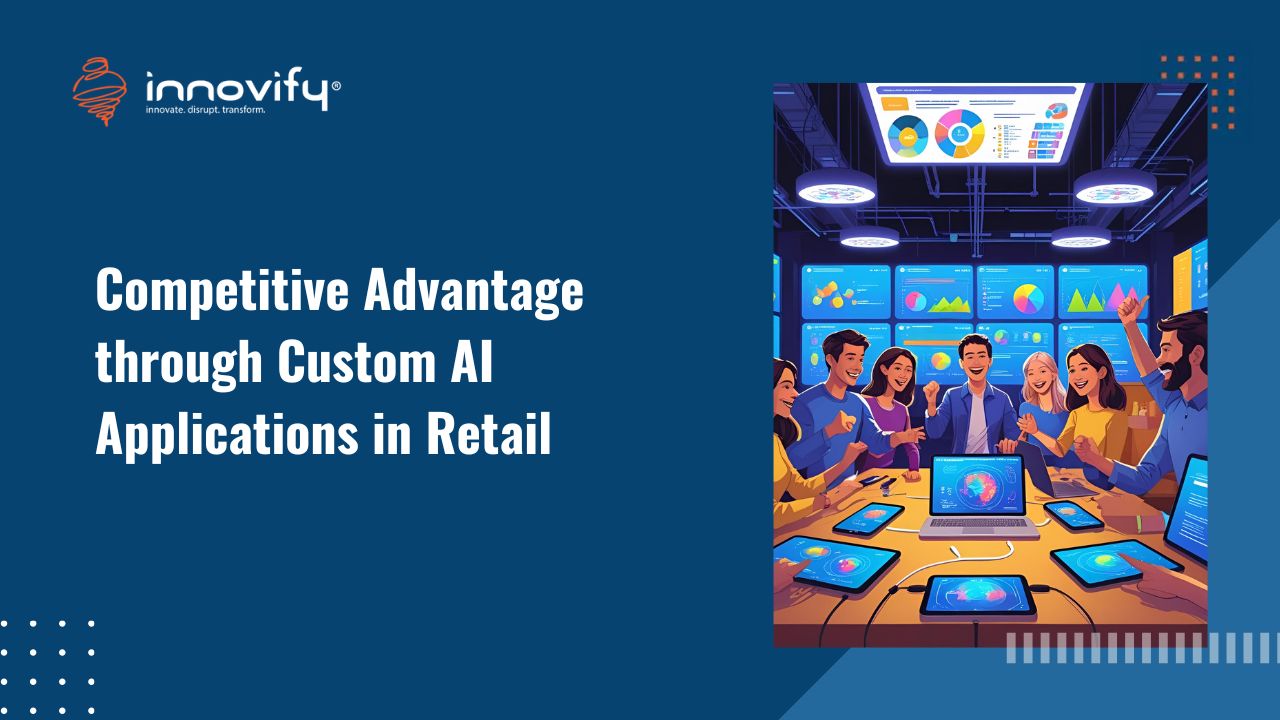AI/ML
What is an MVP, and How Does it Help Build Successful Products?
The main reason startups fail is due to misunderstanding customer demand—this is found in 42% of cases.
And considering that 80% of the startups don’t make it past their first year, it becomes necessary for technology startups to do it the right.
The Lean Startup by Eric Ries revolutionized the startup world in 2011 by introducing several new ideas. Among these was the minimal viable product, or MVP. By creating an MVP before completing the final product, startups can obtain user feedback and avoid failure.
Throughout time, MVP has become the most common method for testing a business model before launching a full-fledged product. World-renowned Uber, Dropbox, Figma, and Slack all started on the road to venture capital immortality using MVPs.
So what’s an MVP? Why is this concept so popular? And how can a company develop an MVP?
Let’s find out.
Defining the Minimum Viable Product
Lean Startups emphasize the importance of learning in new product development, and MVPs are the key.
An MVP is the small-packed version of a new product that allows a company to collect the most information about their customers with the least effort. Whether your customers will buy your product is the type of corroborated learning that it provides.
An MVP is a fully manual service or landing page that appears to be automated but is produced to allow customers to see how real users interact with the product or service. It’s much more reliable to observe what people do with a product than to ask them what they would do.
5 Key Benefits of the MVP Approach
The following are the reasons why startups and even enterprises prefer building an MVP before a full-fledged product launch.
1. Requires Lesser Time to Market
The priority of a product is often determined by the time at which it was first made available to the public. In certain cases, whether your product satisfies consumer demands or not, the faster you can get it to the consumer, the better.
MVP development takes just a few months to get your product out there, which consequently increases its probability of succeeding in the ever-altering market. Furthermore, MVP development gives you a clean, simple, and fully functional product that will be launched shortly.
2. Keeps Initial Budget Low
MVP is one of the greatest advantages of cost-effective product development. Because less is invested in the initial phases of product development, it is an economical and safe approach. In addition, investing less in the initial phase allows you to keep space for future improvements.
Only millions of dollars were invested in the initial phase of companies such as Facebook, Instagram, Snapchat, Spotify, Airbnb, Uber, Zappos, Dropbox, and others. As more people use their services and collect more information, they can invest more and more intelligently.
3. Defines Product Roadmap
Starting with an MVP keeps the team focused on the core functions and value of the software. An MVP tells businesses what aspects of the product are succeeding and what aspects are failing, what can be offered, and, most importantly, what can be improved.
Building an MVP helps you avoid adding features to your initial product that consumers might find undesirable or unnecessary. Your new customers will receive a simple product that does exactly what it says on the box, resulting in faster market penetration for your company.
Helps Test Customer Demand
Product testing is vital prior to deployment to ensure that it will succeed in the market. You must ensure that your product has the potential to satisfy the demands of your targeted market if you want to invest all of your resources into an idea. MVP can be used to test demand early on to guarantee idea success in the market.
You can test your idea in the real world using an MVP and then adjust it or completely change it based on the findings by measuring MVP performance. This is why businesses can enter the market faster with MVP development, thus allowing you to test your ideas and get useful responses.
5. Helps Build Successful Products
As discussed earlier, when you put your product out there in its MVP form, you gain valuable insight into customer behavior and patterns. However, your development team may learn a great deal from observing real-world customers testing your product.
Your teams can gain insights from customer feedback, using them to enhance your product in future releases by taking advantage of the MVP development process’s iterative nature. MVPs are developed in an iterative manner. By adopting Agile development processes as part of the MVP development process, your team will learn more and deliver higher-quality products.
How to Build a Successful MVP?
Product teams and other concerned persons often use the following approach to build MVP:
1. Identifying Customer Painpoints
Before beginning the MVP development process and building prototypes, you must first determine whether your target audience will find your product interesting or not. You may collect real customer feedback using social media platforms at this stage. The more customer feedback you collect, the better your chance of success.
As a result, you will have a better understanding of your target users. You should plan on delivering a solution for the customer’s demands. That’s how Uber and other successful software products began.
2. Defining Design Process and User Flow
It is time to choose how your app will function. What you must do is think about how the customer will use it. Would they launch it in a certain way? You should also examine how the user interacts with it.
Using the MVP method will always speed up your expansion in this phase of development. However, user flow is also somewhat difficult. You may not neglect anything, and your customers must be completely satisfied. Therefore, using MVP, you must identify your consumers and their real-time activities to succeed immediately.
3. Listing Down the Core Product Features
Prior to beginning the MVP process, take a moment to review your feature list and remove any that aren’t crucial. The MVP process gives you the right number of product features to test.
Prioritize all the remaining features and then sort them. Once you’ve decided on the priority of all the features, you can begin developing an MVP for the initial version of the product.
4. Developing and Testing
Once you have specified what exactly you want to build, begin designing your product. Throughout the development process, you should regularly test your product (consider using Agile).
Your team should work on the project to conduct alpha tests. Beta testing should also be performed by real users on your side, so prior to developing your app, you must get a group of users. You can get more beta users for free by submitting your product to BetaList, ProductHunt, Reddit, and Quora, among other websites.
You may also advertise in Facebook groups and write about your new product on your blog. You may also consider getting assistance from beta testing companies. Maintain your users’ interest by building a mailing list or seeking expert help.
Beta users help you understand:
- Whether the product solves the pain points.
- How does the product compete in the market?
- Whether the users like what you’ve built.
5. Collecting Feedback, Analyzing, and Improving
Once you’ve tested your minimum viable product, you must analyze the user feedback and improve your product. MVP development helps you learn what your customers want, what their feedback is, and what risks you might face if you release the entire product.
As stated earlier, you can ask your potential customers if they would rather purchase a competitor’s product than yours or what else they would like to see in it once it’s released.
Are MVPs Only Good for Startups with Low Budgets?
The common misconception is that an MVP should be created only in a company’s infancy. However, you should always begin with an MVP when developing new features, irrespective of the company size and budget.
In the past, many companies (now fortune 500) have released a basic version of a new feature to a selected group of customers to gauge reception. Then, after they had gathered comments, they improved the feature before releasing the official version.
MVP Real-World Examples
Here are the most successful examples of MVP effectiveness:
Initially, the Instagram MVP was restricted to photo filters. Users could take pictures, apply one of the provided filters, and save their photographs in a record on their device. Users enjoyed the application. It has since been enhanced to include videos, geolocation, tagging, hashtags, and connection to other social platforms.
Amazon
In 1990, Jeff Bezos created a list of products that might be provided online. He restricted his listing to five items: books, CDs, videos, computer hardware, and software.
Bezos created a straightforward website with a catalog of books. Once a buyer ordered a book, Bezos would buy it from a wholesaler and deliver it. Amazon has grown and expanded over the years, offering a wide variety of items today.
Airbnb
Joe Gebbia and Brian Chesky had difficulty paying rent when they lived in a loft apartment. In response, they developed a plan to help those arriving in San Francisco. They posted a few pictures of their place on a simple website and got three visitors. Today, it has a yearly revenue of $5.9 billion.
Foursquare
Initially, the Foursquare developers assessed users’ reactions to their MVP, which included check-ins and badge awards. After that, they expanded the product, adding recommendations and city guides. Foursquare currently connects 50 million people who have checked in over 8 billion times.
Need Assistance in Building Your MVP?
As discussed, MVP is the best approach to product development to save time, money, and resources. MVPs can be created for all kinds of websites and apps.
If you need any assistance developing your MVP, please get in touch with us. We can help you learn more about minimized products and the best practices for your product roadmap. We can even strategize and develop your MVP in the least possible time.



